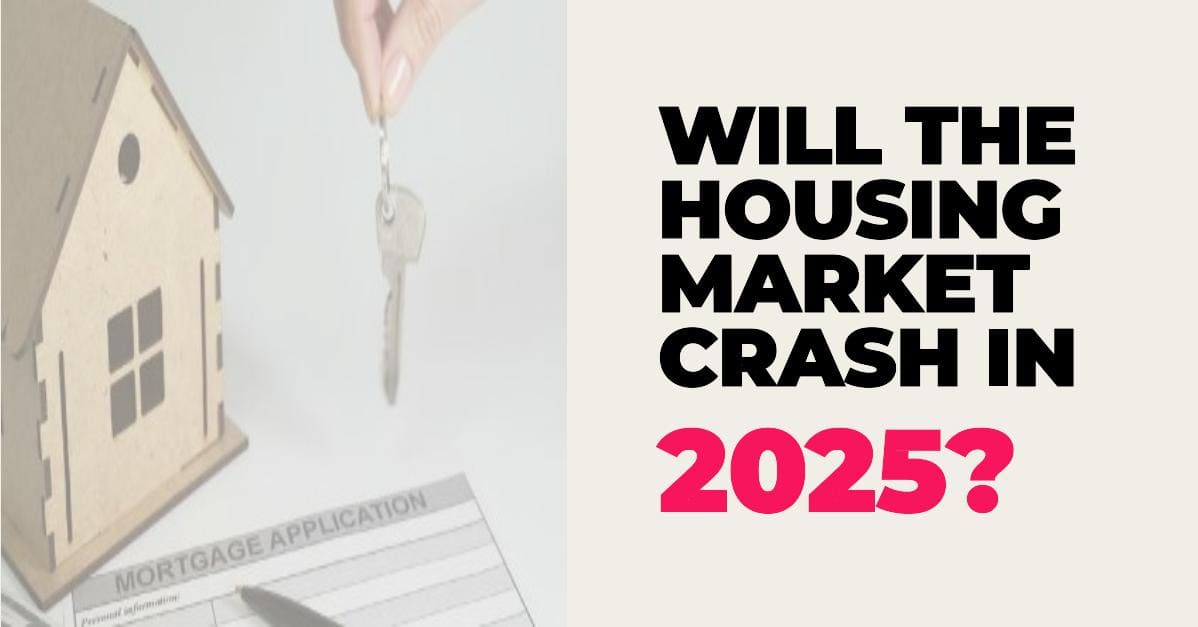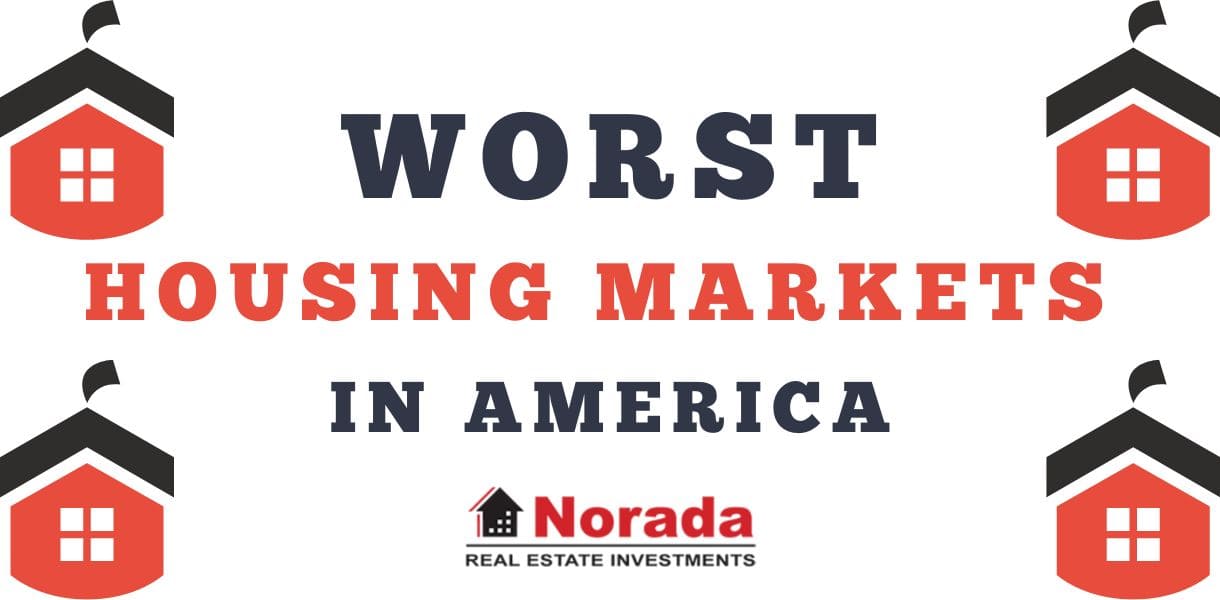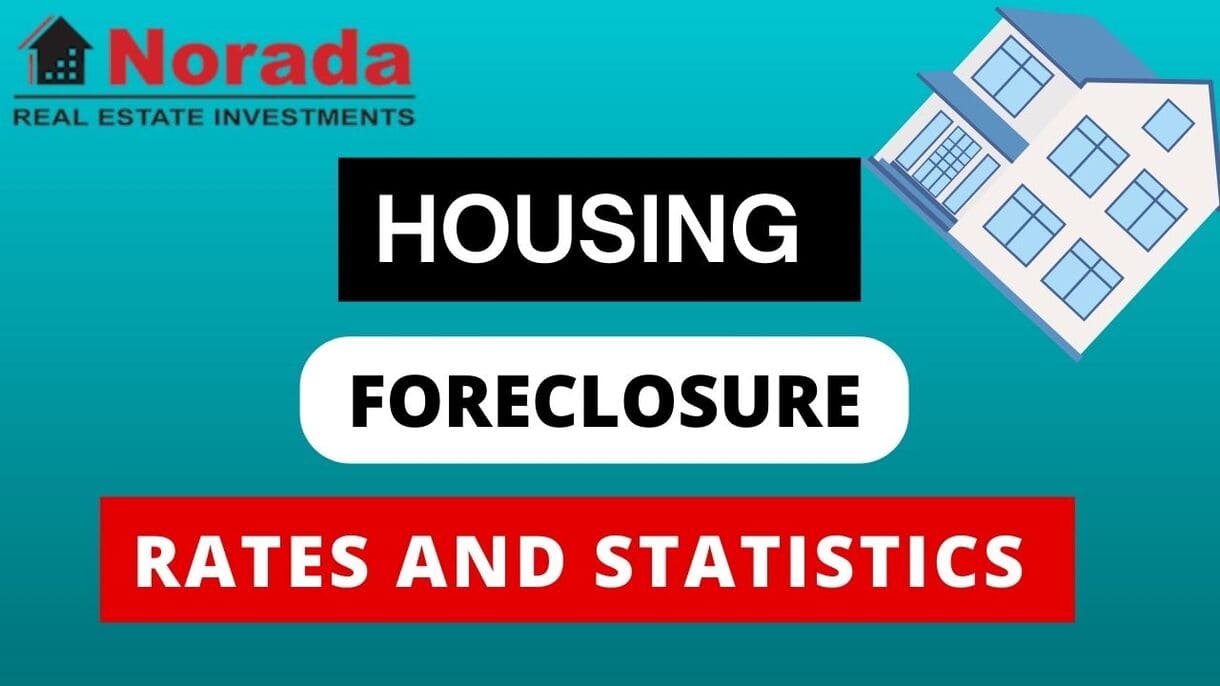Last year's housing market rollercoaster ride left many wondering: will home prices drop or rebound in 2025? Home prices will continue to slow down but not drop. But there is no one-size-fits-all answer to this question, as the housing market in the United States will likely vary depending on location and other factors.
Will the Housing Market Crash in 2025?
Most experts in the housing industry predict less buyer demand, lower prices, and higher borrowing rates. Rate increases, along with a shortage of availability, have pushed many purchasers to the sidelines. In 2025, the housing market is likely to be a balancing act on a tightrope.
The Shifting Landscape of the Housing Market:
- Interest Rate Rollercoaster: Mortgage rates, the primary driver of demand, are a wild card. Some foresee their descent with economic cooling, while others predict potential hikes due to inflation concerns. This delicate dance will significantly impact buyer affordability and market activity.
- Inventory Tango: The chronic shortage of homes may finally ease as construction catches up. Increased supply could dampen price growth, leading to a more balanced market, especially in previously overheated areas.
- Regional Rhythms: Remember, the housing market isn't a monolith. Each region will perform its own unique dance, with factors like local economies, job markets, and population trends influencing prices and buyer behavior.
Possible Scenarios:
- The Soft Landing: If interest rates stabilize and inventory gradually increases, we could see a moderation in price growth, with some markets experiencing slight dips. This scenario, akin to a gentle waltz, wouldn't dramatically alter the affordability crisis but could offer a glimmer of hope to aspiring homeowners.
- The Tightrope Wobble: A more volatile scenario emerges if a potential recession throws market dynamics into disarray. Sharper price corrections could occur in certain regions, but affordability may not improve significantly due to pre-existing high prices. This tightrope walk requires agility and careful judgment for both buyers and sellers.
- The Unexpected Twist: Remember, unforeseen events can throw the market off balance. Geopolitical turmoil, natural disasters, or policy changes could significantly alter the trajectory. This unpredictable tango keeps everyone on their toes, highlighting the need for flexibility and adaptability.
How Likely Is a Housing Market Crash?
While these factors pose risks, it's crucial to note that a crash is not inevitable or imminent. Positive factors supporting the housing market include:
- Strong Fundamentals: Factors like population growth, household formation, limited land availability, and low vacancy rates create a long-term demand for housing.
- Improved Lending Standards: Unlike the 2008 crash, the current housing market benefits from improved lending standards, higher credit scores, and more equity in homes.
- Pent-up Demand: Despite challenges, a large pool of potential buyers, especially among millennials, could enter the market as mortgage rates decline.
ALSO READ: Latest National Housing Market Trends
Top Housing Market Predictions for 2025
Here's when home prices can drop in 2025. While this may appear to be oversimplified, it is how markets work. Prices drop when demand is met. There is now an excessive demand for houses in several property markets, and there simply aren't enough homes to sell to prospective purchasers. Home construction has increased in recent years, although they are still far behind.
Thus, big drops in housing prices would necessitate considerable drops in buyer demand. Demand falls mostly as a result of higher interest rates or a general weakening of the economy. Rising interest rates would ultimately need far less demand and far more housing supply than we now have.
Even if price growth slows this year, a drastic fall in home prices is quite unlikely. As a result, there will be no fall in house values; rather, a pullback, which is natural for any asset class. According to many experts, in the United States, house price growth is forecasted to “moderate” or maybe slightly drop in 2024.
Fannie Mae's recent survey of housing experts offers valuable insights into the future of the housing market, predicting a shift from the breakneck pace of 2023 to a more moderate rhythm in 2024 and 2025. The projected slowdown to 2.4% and 2.7% growth in 2024 and 2025, respectively, marks a significant departure from the anticipated 5.9% surge in 2023.
This reflects the impact of rising interest rates, which have already cooled buyer demand and are expected to continue exerting pressure in the coming year. While some may interpret this as a sign of a housing market crash, the experts' projections paint a more nuanced picture.
- Moderation, not Meltdown: The deceleration in price growth doesn't necessarily translate to price drops. Instead, it suggests a more balanced market where supply and demand find a middle ground. This could benefit buyers facing affordability challenges in the current red-hot market.
- Inventory on the Rise: Increased construction activity is slowly chipping away at the chronic shortage of homes, potentially easing competition and putting downward pressure on prices, particularly in overheated markets.
- Long-Term View: For those planning to hold onto a property for the long haul, short-term fluctuations may matter less. Focusing on fundamentals like location and long-term value can be a wiser strategy than chasing volatile price movements.
A housing market crash would have different implications for homeowners and buyers depending on their situation. For homeowners who plan to stay in their homes for a long time, a temporary decline in home values may not matter much, as long as they can afford their mortgage payments and maintain their equity. However, for homeowners who plan to sell or refinance their homes in the near future, a drop in home values could reduce their net worth and limit their options.
For buyers who are looking for a home, a housing market crash could offer an opportunity to buy at a lower price and with less competition. However, buyers should also be aware of the risks involved in buying a home during a downturn, such as lower income and employment prospects, higher interest rates and closing costs, and negative equity if prices fall further.
The broader outlook from several housing analysts is that housing demand will continue to surge due to several factors. For e.g; the millennials have aged into their prime homebuying years, and they are now the fastest-growing segment of home buyers. In 2018, millennial homeownership was at a record low but the situation has changed markedly. They are no longer holding back when it comes to homeownership.
According to the 2023 Home Buyers and Sellers Generational Trends report from the National Association of Realtors, the demand for homes is increasing among baby boomers, who now make up the largest generation of homebuyers in the US, accounting for 39% of home buyers in 2022, up from 29% in 2021.
On the other hand, younger and older millennials' combined share of homebuyers decreased from 43% in 2021 to 28% in 2022. Generation X made up 24% of total buyers, and Generation Z makes up 4% of homebuyers, with 30% of Gen Z moving directly from a family member's home into homeownership.
Furthermore, buyers are now moving farther distances, with younger boomers moving the greatest distance at a median of 90 miles away. Additionally, all generations agreed that the most common reason to sell was to be closer to friends and family. Buyers expect to live in their homes for 15 years on average, up from 12 years in 2021.
Overall, the report suggests that demand for homes is growing among baby boomers and Generation Z while decreasing among younger and older millennials. Buyers are moving farther distances, with a desire to be closer to friends and family being the most common reason to sell. Buyers also view owning a home as a good investment, with a majority of buyers using a real estate agent to help with the purchase.
Hence, housing prices cannot drop drastically. Although the housing market appears to be cooling from 2023 through 2024, there are some bright spots. Economic forecasters, despite the recent recession, continue to expect robust demand from purchasers (millennials) and high home price increases in the housing market.
With homebuyers active and supply still lacking, the current trend of home prices will not see a major downfall. Despite a sluggish market and waning buyer enthusiasm, we anticipate that home demand will continue to outstrip available inventory. Increasing rental costs should add to this expected development.
However, as the number of available homes increases, the demand for housing should decrease owing to affordability concerns. As a result, we are not on the verge of a housing market crash. The rate of home price growth during the two years of the pandemic was unsustainable, and higher mortgage rates combined with increased inventory will result in slower home price growth but unlikely any big price decline.
Of course, these predictions are just that – predictions. The housing market can be unpredictable, and unforeseen factors can always come into play. However, these educated guesses can give us a general idea of what we can expect in the coming years. If you're planning to buy or sell a home, it may be helpful to keep these predictions in mind as you make your plans.
References:
- https://www.fanniemae.com/newsroom/fannie-mae-news/q4-2023-home-price-expectations-survey
- https://www.zillow.com/research/home-value-forecast-november-2023-33540/
- https://www.noradarealestate.com/blog/housing-market-predictions/
- https://www.spglobal.com/spdji/en/indices/indicators/sp-corelogic-case-shiller-us-national-home-price-nsa-index/
- https://www.nar.realtor/newsroom/baby-boomers-overtake-millennials-as-largest-generation-of-home-buyers




